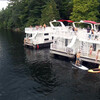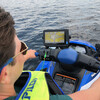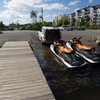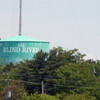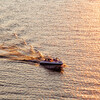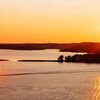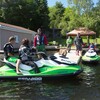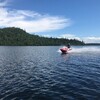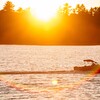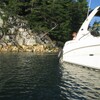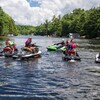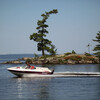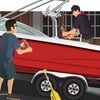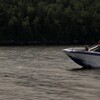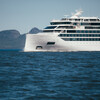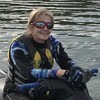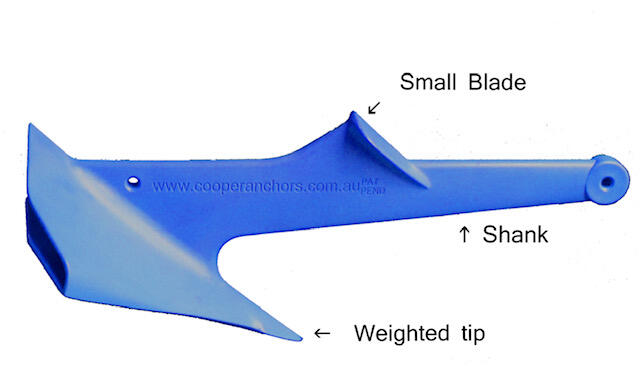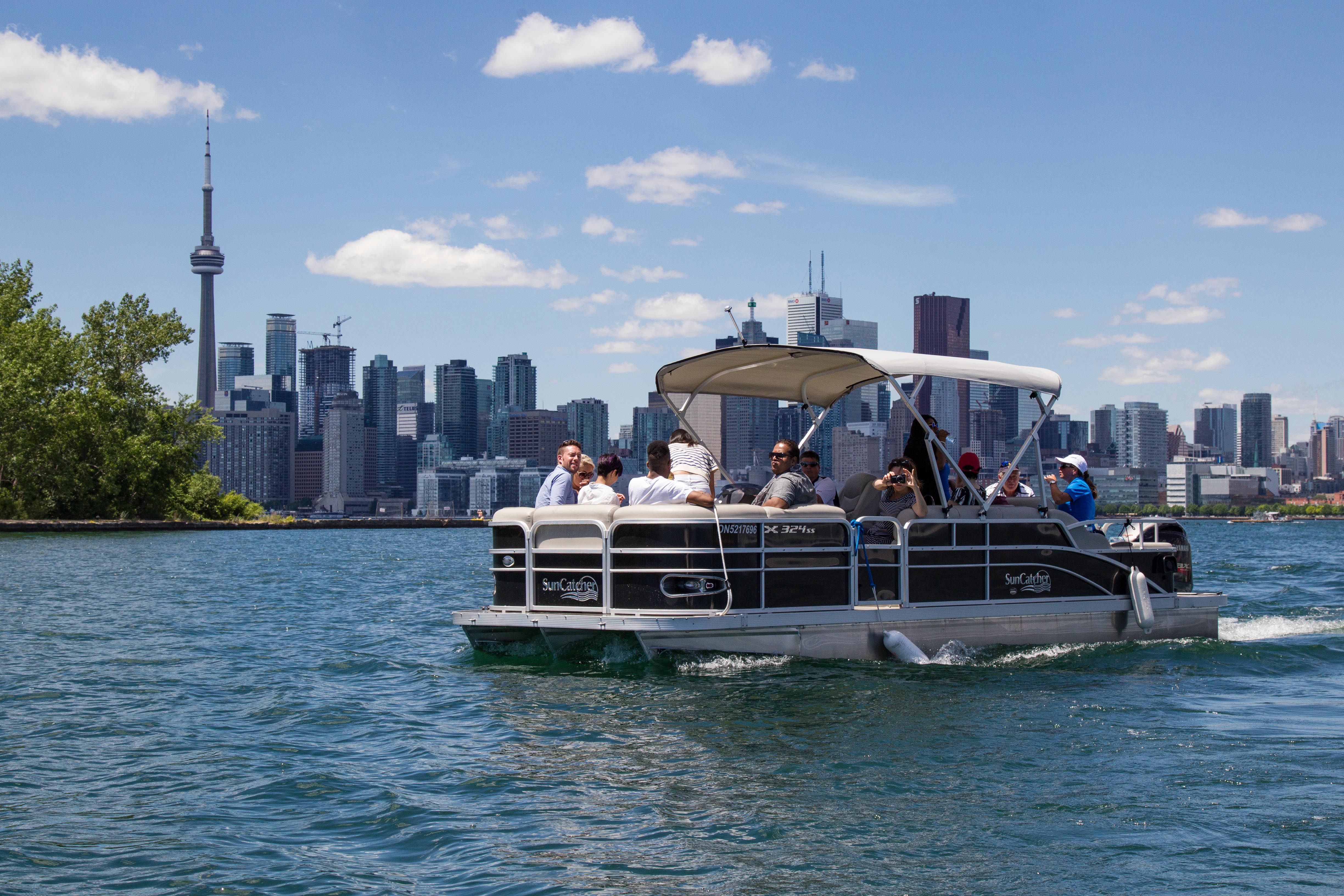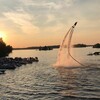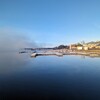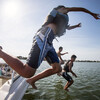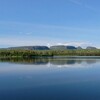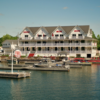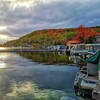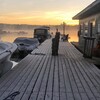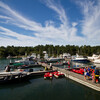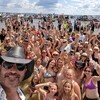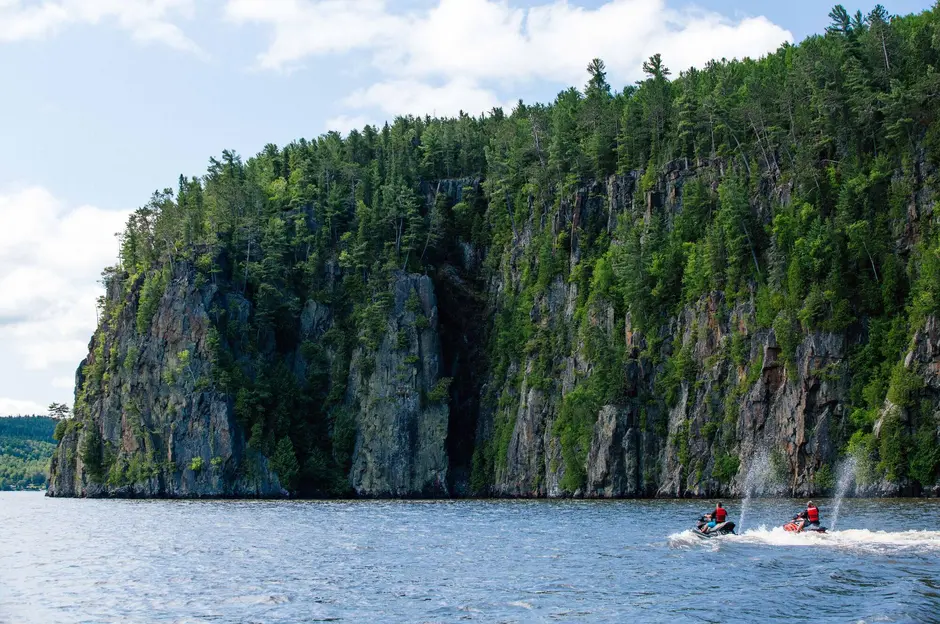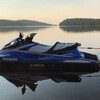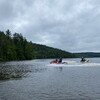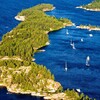
A Packing Guide for your PWC
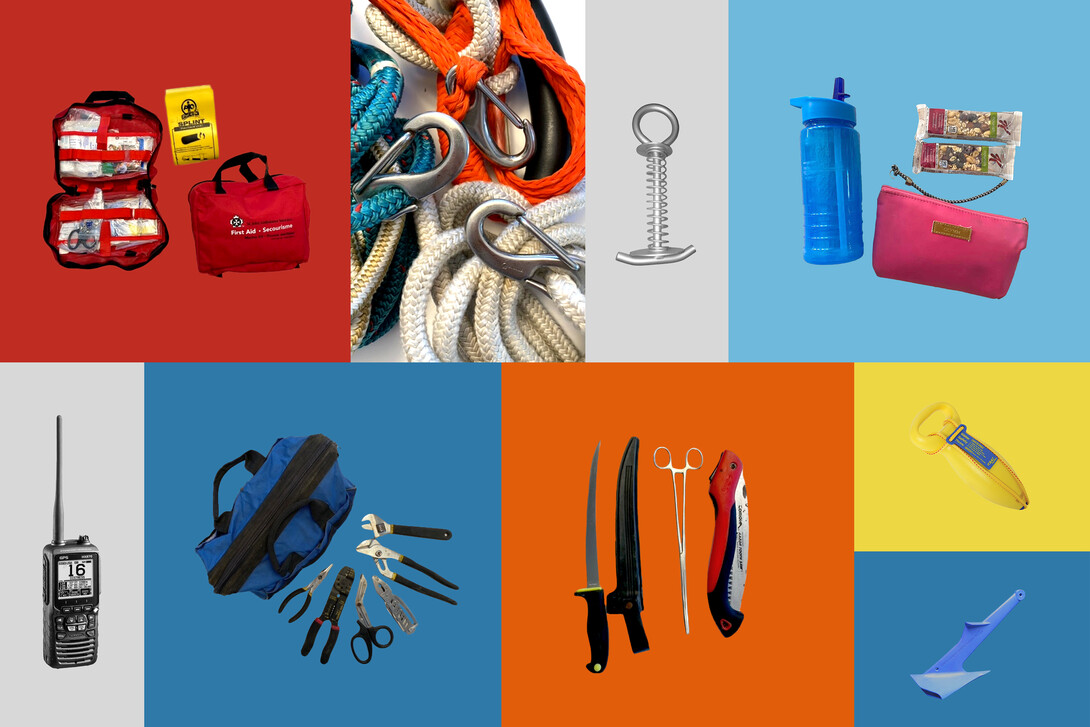
As avid personal watercraft (PWC) riders, we explore many different regions and bodies of water, from urban waterways to remote lakes. I want to share some of the gear we carry on our PWC for longer and remote rides.
Beyond the basic requirements found in the Transport Canada Safe Boating Guide, we carry additional equipment that is useful in an emergency or on a longer day trip.
Here are some of the things we take with us.
Marine First Aid kit + flexible splint
First Aid + CPR-C certification
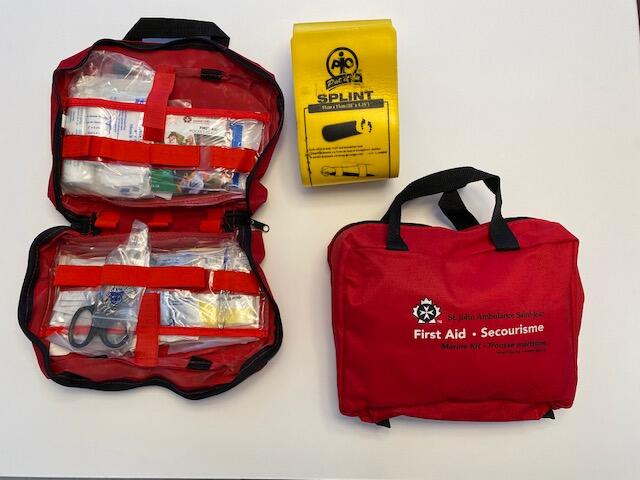
Having a well-stocked kit and the ability to help someone in a medical emergency on the water is valuable. The splint is useful to support a fractured or broken bone. Depending on where you are, help from first responders may take a long time to arrive. My first aid certification is through St. John Ambulance. There are many other good course providers available as well.
Water Safety Throw
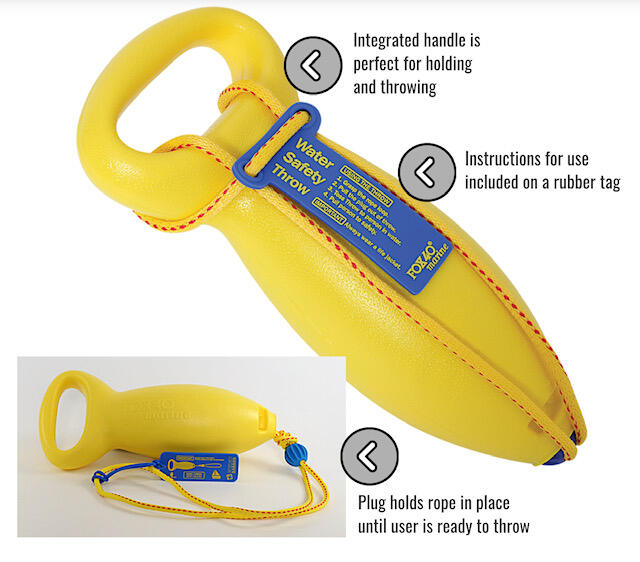
This has a bright yellow floating rope that you hang on to one end and throw the line to someone in need in the water. The rope plays out when tossed with the plastic float at the far end. The person in the water grabs on to it so you can bring them towards you.
Forceps, Filet Knife, Pruning Saw
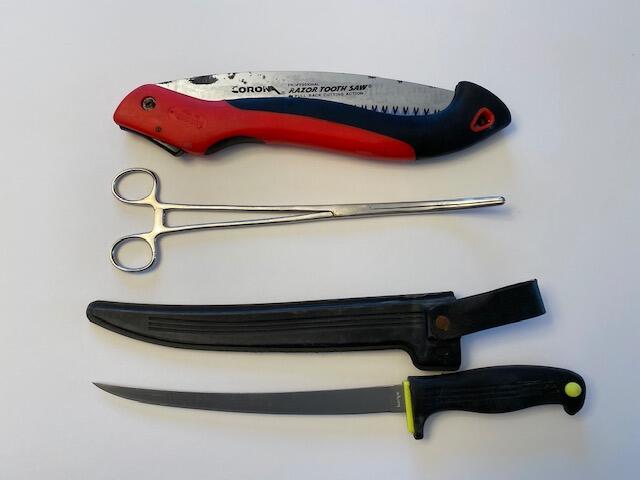
Useful tools to remove foreign objects from places they shouldn't be in your PWC. We have removed plastic bags, sticks, weeds and rope from the jet pump, impeller and intake grate.
Tool Bag with Stainless Steel Tools, Zip Ties & Hose Clamps
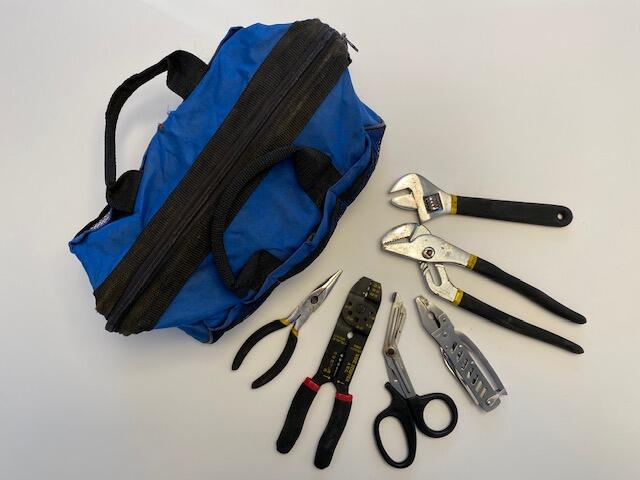
Repairs can be done quickly so you can get back to your launch point or continue enjoying your day on the water.
Gorilla Tape
An all around problem solver. Accidentally put a hole in your hull? Slap some Gorilla tape on it and it will keep the water from coming in while you get your PWC to safety.
Portable Dock Cleats
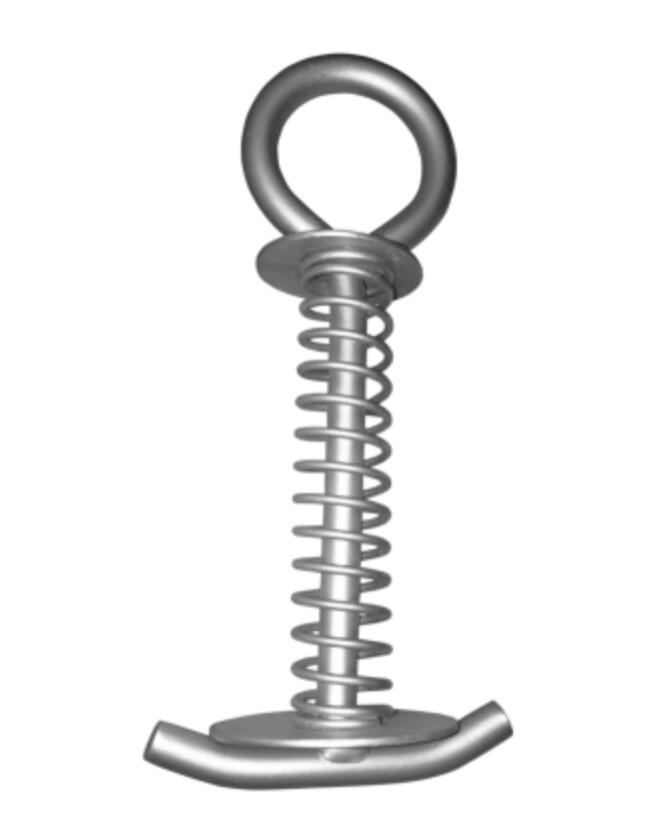
Useful when you pull up to a wooden dock and the cleats are installed too far apart, are broken, or just not there. Slide between the boards and twist. These ones are spring loaded and they won't shift when used properly. These are made in Canada.
Cooper Anchor with Anchor Buddy bungee rope
This allows the PWC to bob and move without yanking the anchor out or jerking the machine. The Cooper Anchor is nylon, lightweight (1 kg or 2.2 lbs), won’t cause damage, and stores well in the nose of the PWC.
A plastic beach umbrella stand
Made for a beach umbrella, but works nicely as an anchor for your PWC. Useful for anchoring in a shallow sand or silt bottom in protected or still waters. Lightweight, plastic and stores easily. We like the Sand Anchor SOL Coastal SBUM-301.
A variety of ropes in different lengths with Stainless Steel Snap Hooks
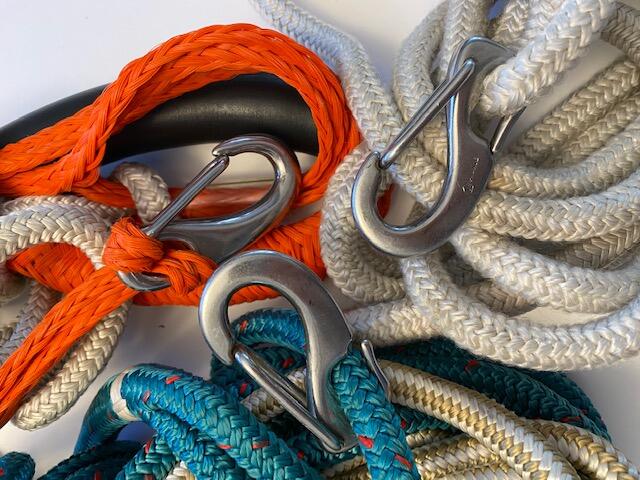
Most of our ropes are set up like this as it makes hooking up a disabled vessel for towing quick and easy. For docking your PWC, easily clip it on to your boat and wrap the other end around the dock cleat.
reusable water bottle, Granola Bars, Nuts, Fruit
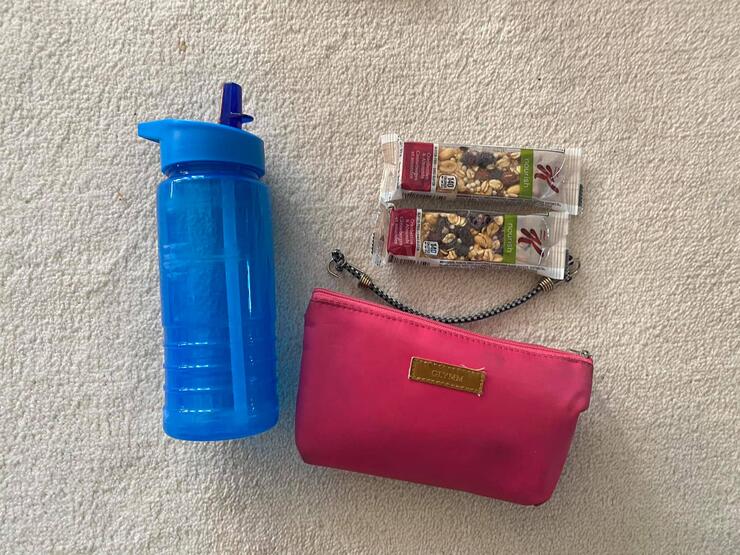
Hydration and quick nutrition for those long rides. Pack foods that won’t go bad or melt in the heat. A reusable wide mouth water bottle lets you add ice to keep your water cold for most of the day. Getting hungry or thirsty while out on the water can make for some poor decisions and bad moods.
Small waterproof pouch to carry personal items
Extra contact lenses, spare glasses, tissues, aspirin, hand sanitizer, hair ties, etc. A makeup bag is about the right size to hold all of this.
Extra footwear for land excursions
Flip flops or sandals. It’s nice to get out of the water shoes and dry out the feet when stopping for lunch or to stretch your legs.
Spare engine lanyard
Because you can lose or break your main one. Keep the spare tucked away in a secure spot on board.
Sunscreen spray, lip balm, and a face covering
Even on overcast days, your skin can burn, so make sure to apply a sunscreen with SPF 30 or above. A gaiter type of face cover protects the face and prevents windburn.
GPS Marine Chartplotter
It helps with planning our trip and identifying hazards so we can avoid them. Our current choice is the Garmin Echomap 95sv. The large screen makes it easy to see detail at speed. Having a sonar transducer shows the water depth. This unit is also able to show speed, water temperature and distance traveled along with other useful information. The screen is visible in direct sunlight. Choose a GPS that works best for you.
VHF Handheld Floating Marine Radio

Easily broadcast for help on the water with this. Giving your coordinates will pinpoint your location and allow help to arrive more quickly. Boaters who have VHF will often monitor Channel 16 which is the Marine Assistance Request channel. Always ensure that it’s fully charged before heading out. Anyone getting a call that is nearby, is required to respond to a distress call as per the Canada Shipping Act 2001: Every pleasure craft operator must render assistance, in so far as the operator can do so without serious damage to their own craft or the persons aboard, to every person found at sea and in danger of being lost.
Do not assume your cell phone will work out on the water.
Prepared Float Plan
Take one copy with you and leave a copy with a trusted person on land. If you don’t come back at the planned time and they don’t hear from you, they can send help and provide information on where to look for you. If plans change and you stay out longer than anticipated, ensure you contact your onshore person, so help is not unnecessarily dispatched in search of you.
Buddy System
We use the buddy system when out on the water. Going out on the water with another rider on a separate PWC is always a good idea. If one machine breaks down, there is another that runs and can get us back to safety.
plan ahead, and have fun
This can seem like a lot of stuff. In an emergency situation or on a long day out, it can be valuable to have options and be able to solve problems when they arise. Carrying these items adds about 20-40 pounds depending on the selection you choose to carry in your PWC. We also make sure we're dressed appropriately for weather and water conditions, but that I’ll save for another day. For more ideas on where to ride your PWC in Northern Ontario, check out our top five places to ride.
Recommended Articles
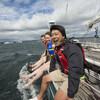
6 Ways to Explore the Great Lakes by Boat or Cruise
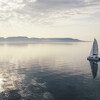
Discover Northern Ontario's Top Boat Tours
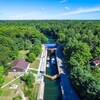
A Guide to Boating the Trent Severn Waterway in Ontario 2025
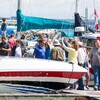
Boating Events in Ontario: A Complete Guide to Summer 2025
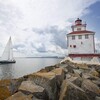
19 Charming Lighthouses to Visit in Northern Ontario
I Boated the Trent Severn Waterway and Here's What It Was Like
I Sailed the New Viking Octantis and Here's What It Was Like
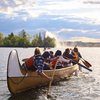
Canadian Canoe Museum
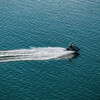
14 PWC Itineraries and Tips for Riding in Ontario
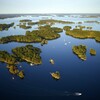
A Thousand Adventures: Boating the 1000 Islands in Ontario
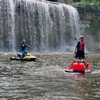
Road Tripping with your PWC
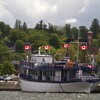
Boat Tours and Cruises in Ontario
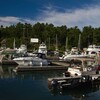
A Guide to Ontario's Marinas

5 Baller Boating Destinations in Ontario
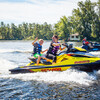
Amazing PWC Getaway
